I like antiqued finisheswith all kinds of interesting patinas, colors and effects, which I recognized every time I had the chance. When I see a piece of furniture with such a finish, sometimes even a photo, I immediately start thinking about how it was made and how I would make it, what materials I would use. I've had this passion for a long time and in the beginning, one of the most difficult problems was what to protect that finish with, what material to use on top of it so that it doesn't change color or effect, and the protection is as good as possible. That is until I discovered solvent acrylic lacquers.
They are products that I have often recommended in production, but also to those who are in the habit of doing a bit of crafts around the house or painting on wood. They have many qualities and can be used in situations where it's hard to find another product to "save the day". Let me tell you more about them.
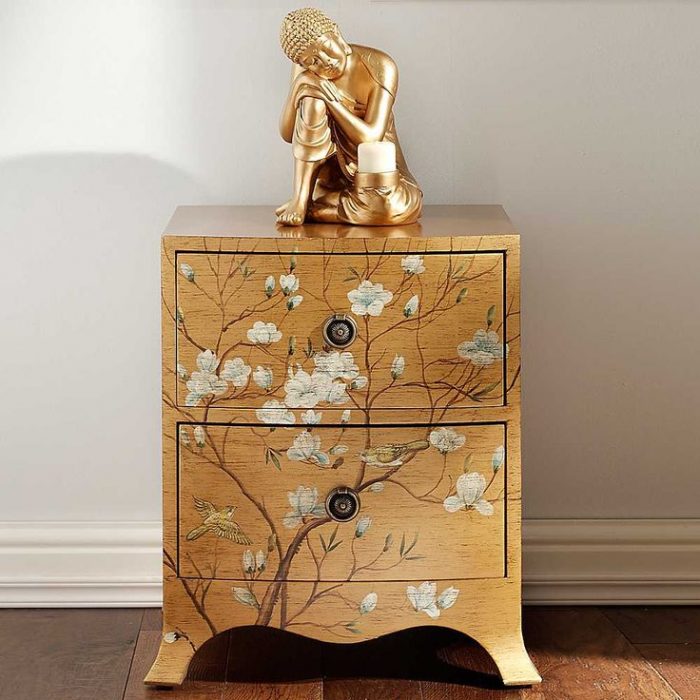
First of all they are (interior) products that change color very little over time, they do not turn yellow under the action of light. In general, varnishes 'age' over time, turning yellow. This becomes disturbing if the yellowing occurs differently (the window side of the furniture yellows more, a more hidden, more protected part changes color less) or if the furniture is white. Protected with a coat of acrylic varnish, the furniture is much more resistant to yellowing and will not turn yellow more easily.
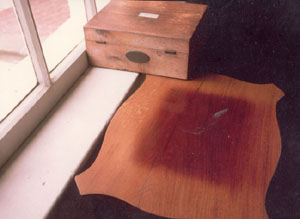
They are always recommended when wood is chemically bleached. Other materials, especially polyurethanes, change color greatly in contact with bleaching chemicals.
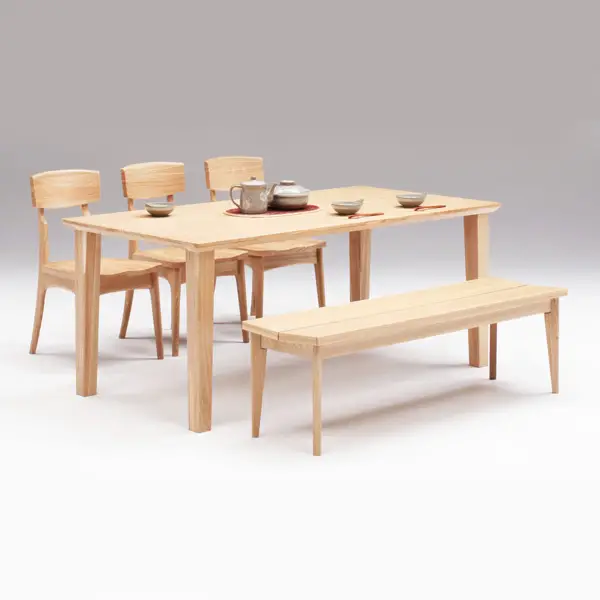
This system is used for finishing light-colored wood (ash, for example) or when you want to keep the natural color of the wood unchanged.
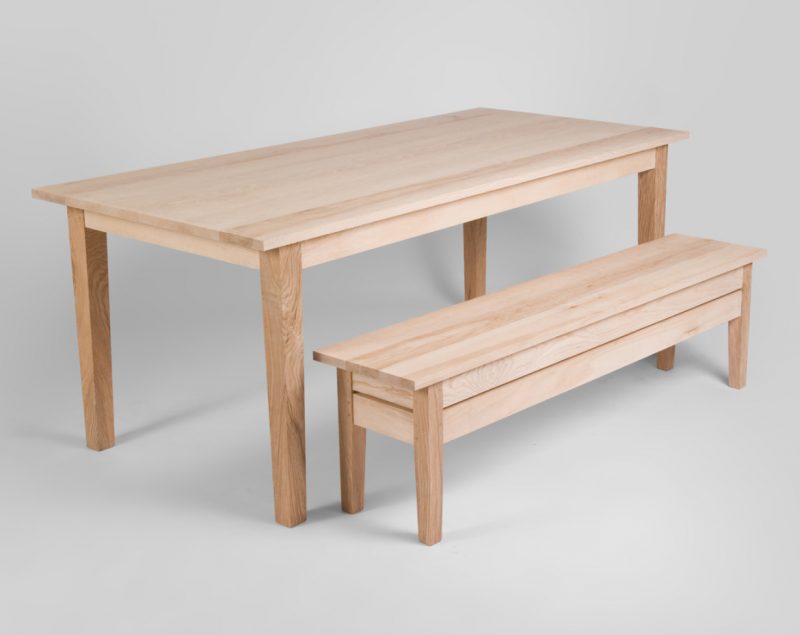
Acrylic lacquers can be used, as I said, for the protection of antiqued finishes or special effects. Although they are curing lacquers, they can also be applied over finishes made with nitrocellulose lacquers. The lower percentage of catalyzation (10-20%) makes them less rigid than polyurethane lacquers. However, being hardening varnishes, they are more resistant than nitrocellulose varnishes and can be used, for example, for table finishes without the risk of the film whitening in damp or heat.
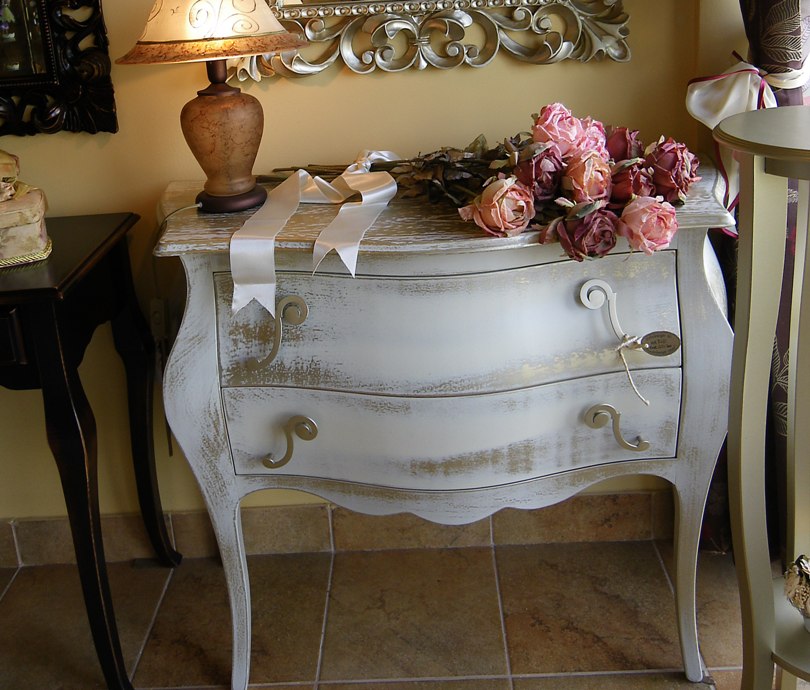
It can also be used successfully over waterborne products, and is even a way to switch from a solvent-based system to a combination system. Using waterborne primers and acrylic lacquers is a way to reduce the emission of volatile organic compounds (VOCs) and the amount of solvent-based materials used, without compromising the final appearance of the film.
It is the best system to get wood with natural lookyet with surface strength and a pleasing texture. Oak tabletops finished in this way, which are very fashionable these days, simply look like 'slices' of wood that have just been cut from a log
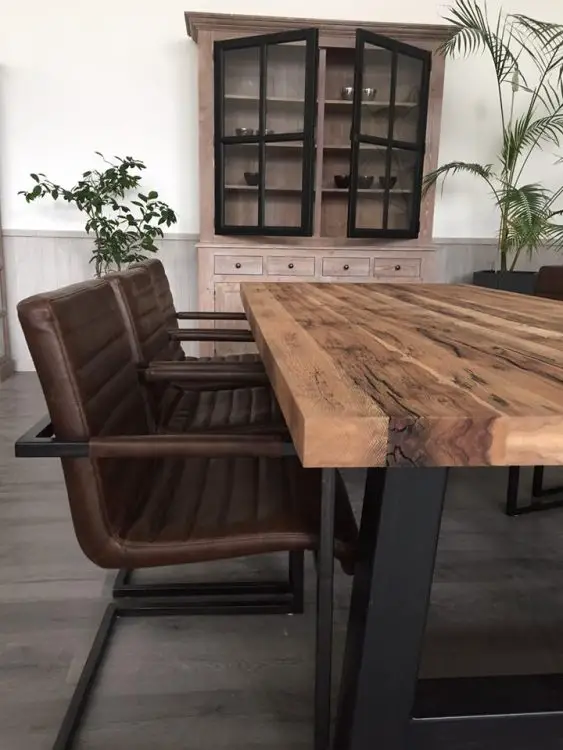
Acrylic clear gloss clear lacquer can be used successfully over colored finishes. It can be polished, giving the finish a high gloss and durability. Protection with a clear coat is good because, if furniture is scratched, the color does not rub off and the scratch is much less visible. What's more, by polishing, the scratch can be repaired and the furniture regains its original appearance.
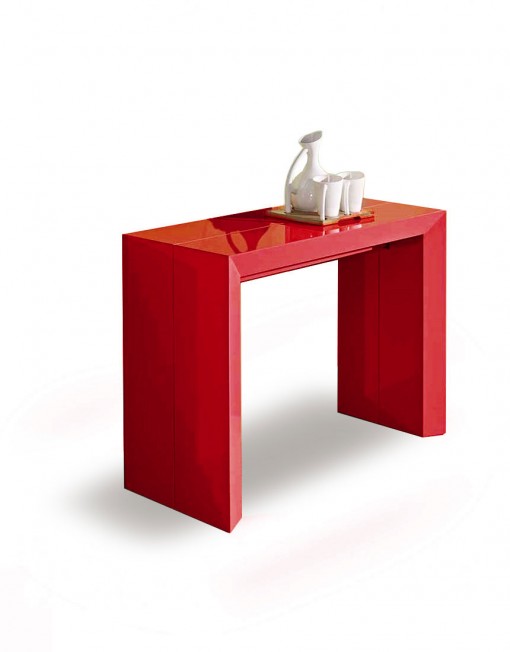
All these qualities make acrylic lacquers top products that can be chosen for the most diverse finishes. They are beautiful, quality varnishes that not only solve problems where other varnishes won't help, but also produce quality products that customers will love.
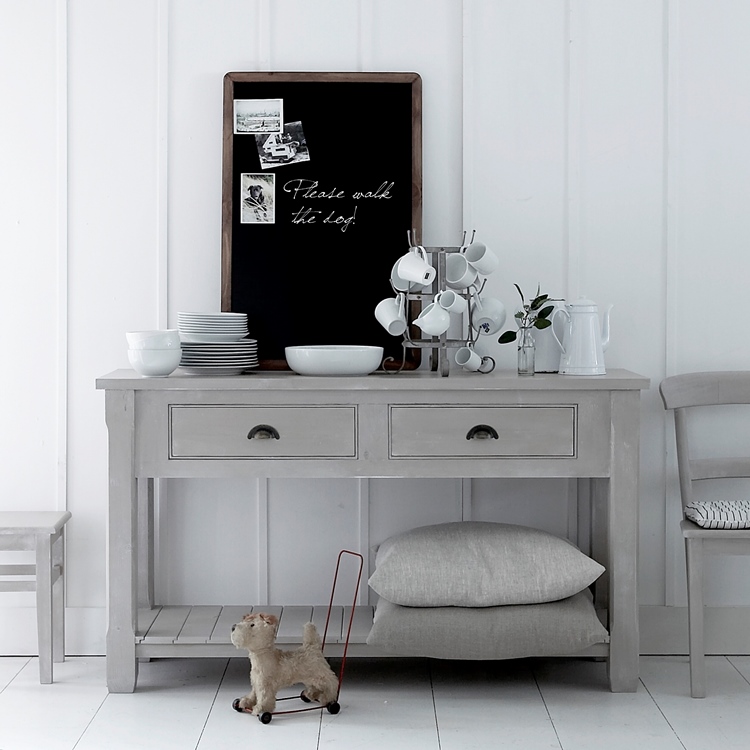

































Thank you for your articles.I read them with pleasure and attention.
I dare to ask a question in the field: there are several materials on the net using epoxy resins.
For example: covering a table with coins over which resin is poured; filling material gaps in tables made of solid wood - ........
Do such resins exist in our country?How to work with them?
Thank you!
Thank you too for reading them. 🙂
Epoxy resins are widely used for flooring. You can find the materials at the floor manufacturers. The resin is hardening, transparent and coloured pastes are used for staining. The mixture (resin + hardener + dye, if necessary) is poured and left to harden. The mixing ratio and drying time can be obtained from the resin supplier.
All the best.
I'm also interested in these epoxy resins
does it last over time?
The resins are hard and durable. They are used, as mentioned above, to obtain traffic floors (hospitals, factories, slaughterhouses, etc.).
All the best.
Thank you for the information provided in your articles , they are very useful , keep it up !!!